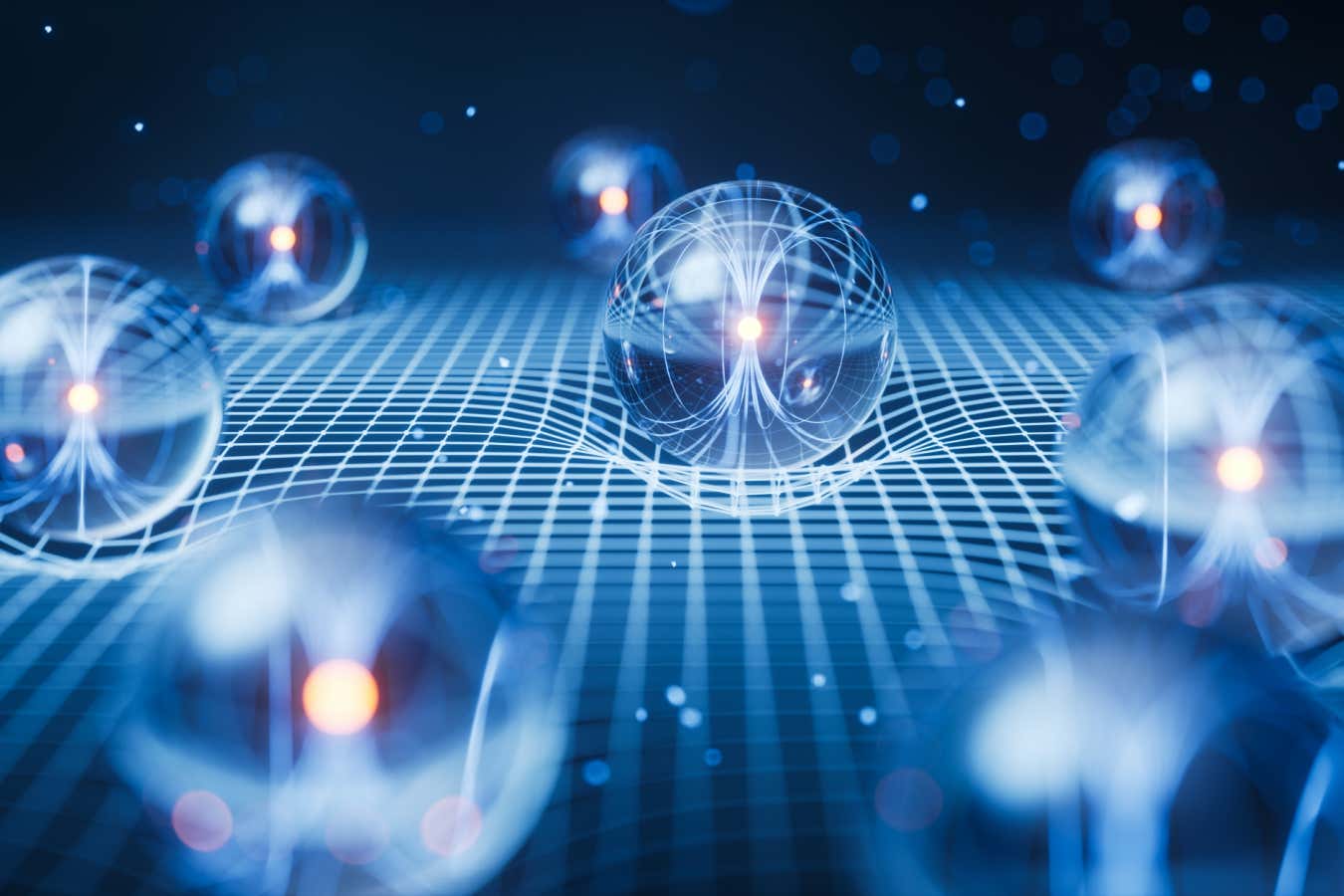According to scientific legend, quantum mechanics was born on the island of Helgoland in 1925. A hundred years later, physicists are still debating the true nature of this strange theory – and recently returned to the island to discuss its future
By Philip Ball
17 June 2025
The island of Helgoland plays an almost mythological role in the history of quantum mechanics
Shutterstock/Markus Stappen
I have been to more scientific conferences than I care to count, but a recent meeting held on the island of Helgoland to celebrate the centenary of quantum mechanics is one of the strangest – in a good way.
This tiny German island, barely more than a kilometre long and far out in the North Sea, has the air of a down-at-heel coastal resort: the sea less than inviting even in the summer, the little streets full of cheap gift shops and the smell of fish and chips and ice cream. Now imagine that at every turn you bump into Nobel laureate physicists, inventors of quantum information theory and experimentalists at the cutting edge of quantum technologies, fresh from discussing their work in the town hall, next to the crazy-golf course. It is all rather wonderful.
How a quantum innovation may quash the idea of the multiverse
The many-worlds interpretation of quantum mechanics invokes alternative realities to keep everything in balance. Has solving a century-old paradox now undermined their existence?
The reason we are here is revealed on a rock on the cliff path. It bears a bronze plaque (see below) that suggests this is where physicist Werner Heisenberg, on an excursion to seek relief from his hay fever in 1925, invented quantum mechanics. Sadly, that isn’t really true – at best Heisenberg sketched out some ideas here that only subsequently did he and others develop into a full quantum theory. And the version we are more familiar with today was unveiled in early 1926 by Erwin Schrödinger, which introduced the wave function as a way of predicting the evolution of a quantum system.
Seven stories that celebrate the 100th anniversary of the birth of quantum theory. Read more here
All the same, if you are going to assign a centenary to quantum mechanics, this is the obvious year to choose. And regardless of how much of the story of Helgoland was due to Heisenberg’s self-mythologising – he wrote the account of his breakthrough there only many years later – the remote island is a rather special place to hold the party.
And what a party it is. It is hard to imagine such an eminent cast of quantum physicists being assembled again. There are four Nobel laureates here: Alain Aspect, David Wineland, Anton Zeilinger and Serge Haroche. Between them, they established the reality of the strange features of quantum mechanics, such as the way the properties of one particle can seem to be instantaneously contingent on what we measure for a second, “entangled” particle, no matter how far away it is. They also created some of the techniques for manipulating individual quantum particles that are now being used to build quantum computers.
